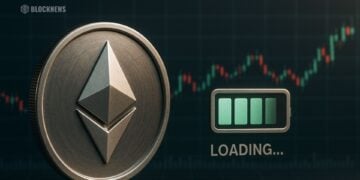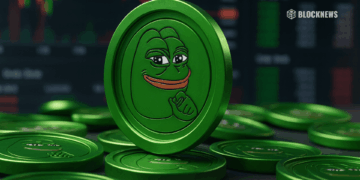- Memecoins like Pepe, Dogwifhat, and Popcat have surged over 30,000% since launch but face declining interest.
- Older altcoins like XRP and TRX have rallied, drawing attention away from memecoins amid broader market shifts.
- Analysts suggest memecoin performance depends heavily on global liquidity and risk-on sentiment in financial markets.
Memecoins have been a focal point in the cryptocurrency market, with tokens like Pepe (PEPE), Dogwifhat (WIF), and Popcat (POPCAT) delivering staggering returns of over 30,000% in the past year. However, the recent market environment has shown a shift in sentiment, with older altcoins, often called “dino coins,” like Ripple’s XRP and Tron’s TRX, taking center stage. Memecoins’ other rival in the market right now are tokens involved in Decentralized Finance (DeFi)
While XRP and TRX have recently hit new highs, many memecoins, excluding notable exceptions like Bonk (BONK) and Pepe (PEPE), have struggled to reclaim their past peaks. This trend has sparked concern that the so-called “memecoin supercycle,” a term popularized by crypto enthusiast Murad Mahmudov, may be losing steam.
Mahmudov, speaking at the Token2049 conference in September, predicted an extended period of outperformance for memecoins due to their speculative nature and the inability to apply traditional valuation models. However, recent data suggest that retail interest may be shifting away from speculative assets without tangible fundamentals.
The Role of Market Liquidity in Memecoin Performance
The performance of memecoins appears closely tied to broader financial conditions, particularly global liquidity and risk-on behavior in traditional markets. According to Mahmudov, as long as liquidity remains abundant and investors maintain an appetite for risk, memecoins could continue to thrive. However, he warned that a recession or unfavorable market conditions could spell trouble for the asset class.
Swyftx analyst Pav Hundal echoed this sentiment, describing memecoins as a highly leveraged play on the broader cryptocurrency and financial markets. While memecoins have the potential for outsized returns in favorable market conditions, they could also suffer severe losses during downturns.
This dynamic underscores the speculative nature of memecoins, which lack intrinsic value or utility. Despite their volatility, some analysts argue that memecoins’ unpredictable valuation models make them uniquely appealing to certain investors.
The question now is whether the memecoin phenomenon can regain its footing or if the market’s attention will continue to shift toward more established assets. As global financial trends evolve, the answer may hinge on macroeconomic factors and investor sentiment in the months ahead.














